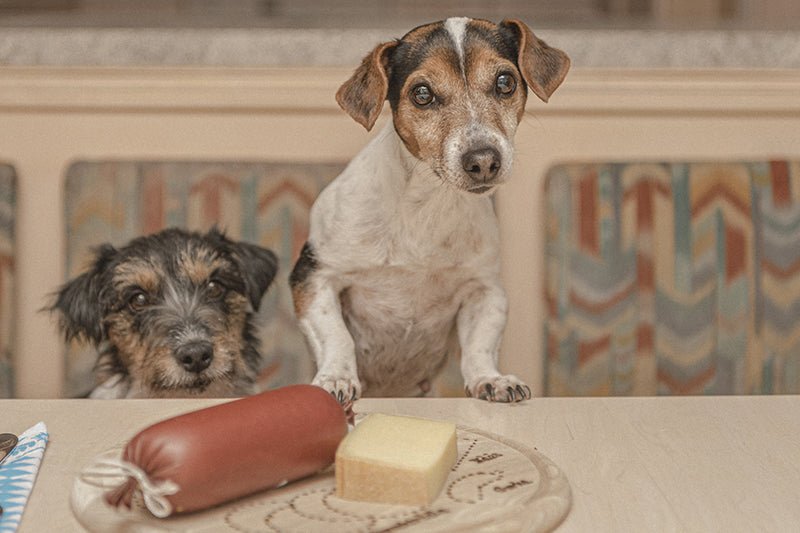
Understanding What Happens If a Dog Eats a Chicken Bone
Share
The occasional bone from leftover chicken can be tempting to your pet. However, as a health-conscious pet owner, you might be wondering, 'what happens if a dog eats a chicken bone?' This question is more common than you might think and deserves a closer look to understand the risks involved and how best to respond.

Immediate Concerns When Your Dog Eats a Chicken Bone
First and foremost, a chicken bone, particularly when cooked, becomes brittle and can shatter into sharp pieces. This can lead to a series of immediate health concerns:
- Choking hazards: The bones can splinter and create a blockage in the throat.
- Esophageal perforation: Sharp pieces might pierce the esophagus.
- Gastrointestinal blockage: Bones can form a blockage in the digestive tract.
Should any of these immediate concerns arise, it is crucial to consult your veterinarian immediately.

Steps to Take If Your Dog Eats a Chicken Bone
Knowing what to do in an emergency can help prevent severe health risks. Here's how you should handle the situation:
Stay Calm and Observant
Panic won't help anyone. Stay calm and observe your dog for any signs of distress such as gagging, coughing, or any noticeable signs of pain. Recognizing the symptoms early can make a significant difference in your pet's recovery.
Reach Out to Your Veterinarian
Contact your vet and provide detailed information, including the size and type of bone consumed. Often, you'll be instructed to watch your dog for any symptoms over the next 24 hours, unless urgent care is required.
What Not to Do
Never attempt to induce vomiting without veterinary advice, as it might cause further complications. Your veterinarian is your best resource for guidance on safe and appropriate measures to ensure the wellbeing of your dog.

Potential Long-term Complications
The ingestion of chicken bones can lead to several long-term complications. Some of these include:
- Intestinal blockages: Bones can become lodged, leading to severe digestive issues.
- Peritonitis: If a bone punctures the stomach or intestines, it can lead to a severe and potentially life-threatening infection.
- Nutritional deficiencies: If bone consumption becomes a habit, it may lead to improper nutrition and other health problems.
Understanding these potential complications underlines the importance of preventative measures and immediate action.

Preventative Measures: Keeping Your Dog Safe
Prevention is always better than treatment. Ensure that cooked chicken bones are safely disposed of and out of reach of your pets. More broadly, establish a pet-safe environment by keeping potentially harmful items and foods out of their reach.
Providing Safe Alternatives
Replace real bones with safer chewing alternatives like rubber toys or specially designed treats. Not only do these satisfy your dog's chewing instincts, but they are also designed to be safe if ingested.
For more information on how to supplement your dog's diet safely, check out links such as how to supplement dry dog food and how to supplement raw dog food diet.
Training Your Dog to Avoid Chicken Bones
Basic training techniques can help your dog learn to avoid harmful objects, including food scraps or bones they might find while scavenging. Consistent training can contribute significantly to their safety and wellbeing.
Frequently Asked Questions
1. What Are the Signs That My Dog Might Be in Trouble?
Signs include choking, vomiting, lethargy, and visible discomfort. If you notice any of these, contact your vet immediately.
2. Can Any Bones Be Safe for Dogs?
While cooked chicken bones are unsafe, some raw bones may be okay under supervision. However, always consult your vet before giving your dog any type of bone.
3. How Can I Make My Dog's Diet Safer?
Supervised feedings and safe, vet-approved snacks can ensure your dog's diet remains both nutritious and safe. You can find more tips on GoodRx.
As an Amazon Associate, I earn from qualifying purchases.
